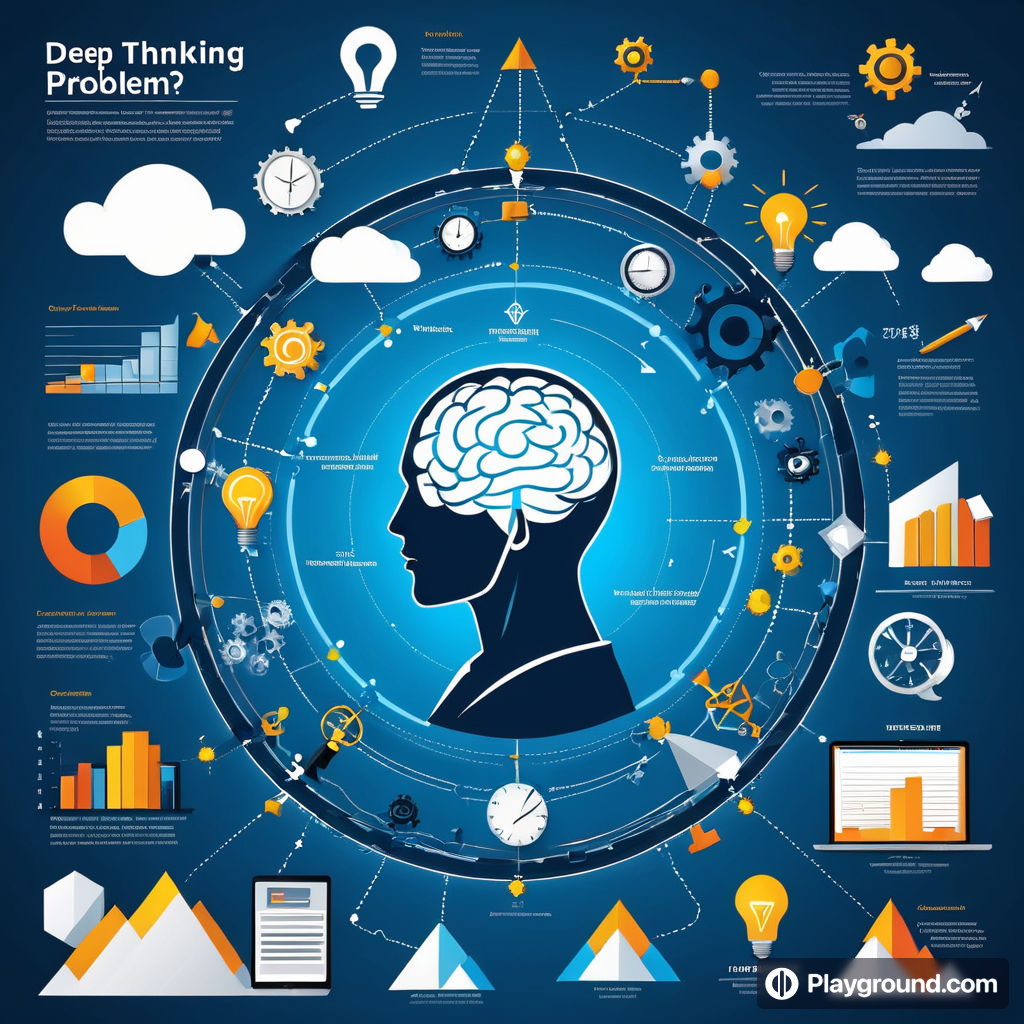
The Rise of DeepBrain AI: Transforming Technology and Society
Artificial Intelligence (AI) has become a cornerstone of technological advancement in the 21st century, and among the many groundbreaking innovations in this field, stands out as a transformative force. DeepBrain AI represents a confluence of advanced neural networks, machine learning algorithms, and big data analytics, designed to emulate human cognitive functions with unprecedented accuracy and efficiency. This article delves into the intricacies of its applications, and its potential impact on society.
Understanding DeepBrain AI
DeepBrain AI is an advanced AI framework that leverages deep learning techniques to process and analyze vast amounts of data. These networks consist of multiple layers of interconnected nodes (neurons) that process input data through weighted connections, allowing the AI to recognize patterns, make predictions, and perform complex tasks.
DeepBrain AI excels in handling unstructured data, thanks to its sophisticated architectures like convolutional neural networks (CNNs) for image processing and recurrent neural networks (RNNs) for sequential data.
Applications of DeepBrain AI
The versatility of DeepBrain AI has led to its adoption across various industries, revolutionizing how businesses operate and individuals interact with technology.
Healthcare
In healthcare, DeepBrain AI is making significant strides in diagnostics, treatment planning, and personalized medicine.
Finance
The financial sector benefits immensely from DeepBrain AI’s capabilities in risk assessment, fraud detection, and algorithmic trading. By analyzing historical financial data and current market trends, AI models can identify potential risks and opportunities, helping financial institutions make informed decisions.
Customer Service
DeepBrain AI is transforming customer service through the deployment of intelligent chatbots and virtual assistants. These AI-powered tools can handle a wide range of customer queries, providing instant and accurate responses. Natural language processing (NLP) enables these systems to understand and interpret human language, offering a more natural and engaging customer experience.
Autonomous Vehicles
In the realm of autonomous vehicles, DeepBrain AI is at the forefront of enabling safe and efficient self-driving technology. By processing data from sensors, cameras, and lidar systems, AI models can make real-time decisions regarding navigation, obstacle avoidance, and traffic management. This technology holds the potential to reduce traffic accidents and revolutionize transportation.
Education
Ethical Considerations and Challenges
Data Privacy
DeepBrain AI relies on vast amounts of data to function effectively. This raises concerns about data privacy and security, as sensitive information could be at risk of unauthorized access and misuse. It is imperative to implement robust data protection measures and adhere to strict privacy regulations to safeguard individuals’ information.
Bias and Fairness
AI models, including those used in DeepBrain AI, are only as good as the data they are trained on. If the training data contains biases, the AI may perpetuate or even amplify these biases in its decisions. Ensuring fairness and eliminating bias in AI systems requires careful curation of training data and ongoing monitoring of AI outputs.
Accountability and Transparency
The complexity of deep learning models often makes it difficult to understand how they arrive at certain decisions. Developing explainable AI (XAI) techniques that provide insights into the decision-making process is crucial for building trust and accountability.
Job Displacement
The automation capabilities of DeepBrain AI have the potential to displace certain jobs, leading to economic and social implications.
The Future of DeepBrain AI
As DeepBrain AI continues to evolve, its potential to reshape various aspects of society is immense. Future developments may include more sophisticated models that can learn and adapt with minimal human intervention, enhancing their autonomy and efficiency.
Combining neuroscience, cognitive science, and computer science insights can lead to more robust and human-like AI systems.
Conclusion
DeepBrain AI represents a significant leap forward in artificial intelligence, potentially revolutionizing industries, improving lives, and driving economic growth. Its applications span healthcare and finance to education and autonomous vehicles, showcasing its versatility and impact. By addressing these challenges and fostering responsible AI development, society can harness the full potential of DeepBrain AI, paving the way for a future where intelligent machines augment human capabilities and contribute to a better world.


